This study is based upon field research conducted in Hanol, a Jaunsari village in the Western Himalayan region of India. The daily puja ceremonies in Hanol are central to the social spiritual life the community; ritual drumming is a central component of this ceremony. During the ceremony, the Bajgis, hereditary musicians, perform a series, of talas (rhythmic cycles) that bring the spirit of the deity into oracles known as bakis or malis. The temporally and spatially bounded region of performance is a field for the negotiation of identity: the Bajgis are defined reflexively and socially through their drumming, as are the Brahmins by their priestly duties. A variety of ethnographic methods are employed to analyze the religious belief systems, the performer and audience relationship, and reflexive methodologies of participation/observation. The intersubjective nature of this event results from the multiplex of interpretive frames that intersect in its bounded space. Performative activity brings together the fields of self-awareness, personal and collective identity, the body in performance, knowledge and belief systems. All of these elements manifest in the music.
Trance, Ritual and Rhythm: The Cult of Mahasu Deota in the Western Himalayas
In stock
Free & Quick Delivery Worldwide
reviews
Bibliographic information
Title
Trance, Ritual and Rhythm: The Cult of Mahasu Deota in the Western Himalayas
Author
Edition
1st ed.
Publisher
B.R. Rhythms, 2010
ISBN
8188827207, 9788188827206
Length
xxi+130p., Illustrations; Plates; Figures; Bibliography; Glossary; 23cm.
Subjects

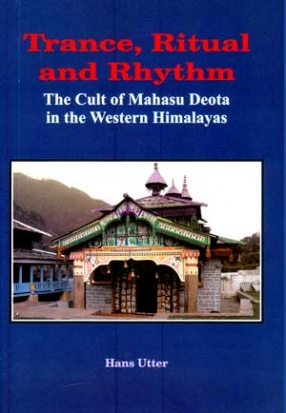
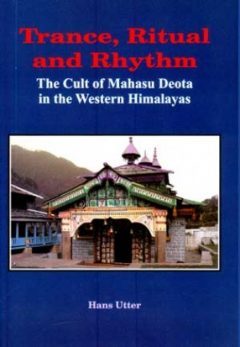
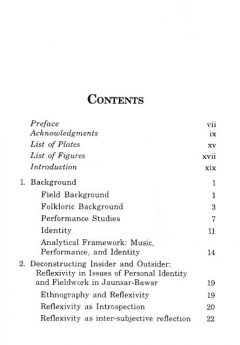
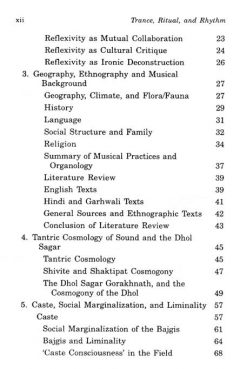
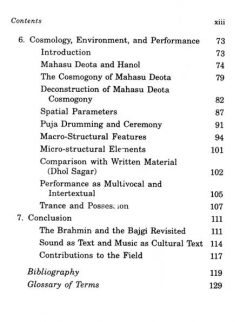
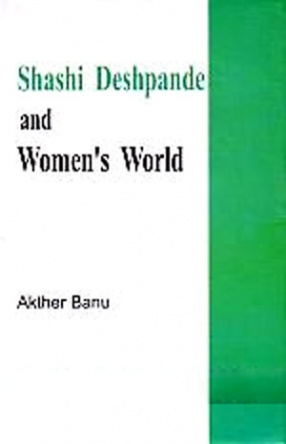

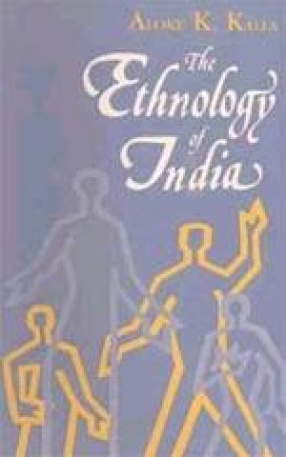
There are no reviews yet.